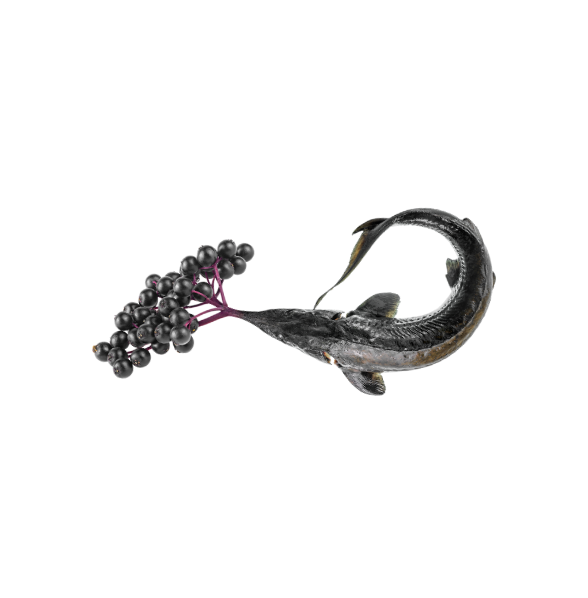News
Joshua Niland’s mission to take the fear factor out of fish
.jpg)
Joining Madrid Fusión Alimentos de España virtually from his restaurant Saint Peter in Sydney, Australia, Joshua Niland said we need to treat fish like meat.
Josh Niland, who pioneered the concept of fish butchery, first appeared on the stage in Madrid at the 2020 edition of the conference, a moment he says was one of great pride and excitement.
The pandemic prevented him from returning to the stage in person and instead he spoke to the audience, via video link, from behind the counter in his Sydney restaurant.
“I left Madrid last year, hoping to have inspired people who had seen me demonstrate the techniques and processes that I use in my fish butchery,” he said. “Today I want to solidify some of those thoughts.”
It is time, said Niland, that fish mongers start to consider themselves more like butchers and demystify the product they are selling. “When my mother went shopping, she would ask the butcher, ‘what should we have for dinner tonight?’ and she would trust his judgement,” he recalled. “In the fishmonger we are afraid: It is usually cold, the floor is covered in water, we worry about bones, we worry about the smell and we are not sure how to cook the fish at home.”
The publication of his next book Take One Fish will coincide with the opening of a new restaurant Charcoal Fish and both launches are an effort to make fish more approachable and to spread his message of using each fish optimally. The book, he said, shows how to realise the output from two fish in one single fish. “This is exciting, but it is also economically smart,” he said.
Similarly, in the new restaurant there is just one fish, the native Australian Murray Cod, on the menu and the team uses every part, except for the gills and the gallbladder. “It doesn’t make sense to buy a good fish and then throw half of it in the bin. You couldn’t do that with a pig or a cow.”
The bones, the frames and the fins are used to make demi-glace, bone-in parts of the fish are fried while the visceral fat is rendered and used as animal fat in salami and other products. “Everybody wants the premium parts of the fish so we have to find a use for all the bits that customers don’t want,” he said. “We need to start celebrating more than the fillet and be more thoughtful in the way we eat and sell fish.”
The pandemic prevented him from returning to the stage in person and instead he spoke to the audience, via video link, from behind the counter in his Sydney restaurant.
“I left Madrid last year, hoping to have inspired people who had seen me demonstrate the techniques and processes that I use in my fish butchery,” he said. “Today I want to solidify some of those thoughts.”
It is time, said Niland, that fish mongers start to consider themselves more like butchers and demystify the product they are selling. “When my mother went shopping, she would ask the butcher, ‘what should we have for dinner tonight?’ and she would trust his judgement,” he recalled. “In the fishmonger we are afraid: It is usually cold, the floor is covered in water, we worry about bones, we worry about the smell and we are not sure how to cook the fish at home.”
The publication of his next book Take One Fish will coincide with the opening of a new restaurant Charcoal Fish and both launches are an effort to make fish more approachable and to spread his message of using each fish optimally. The book, he said, shows how to realise the output from two fish in one single fish. “This is exciting, but it is also economically smart,” he said.
Similarly, in the new restaurant there is just one fish, the native Australian Murray Cod, on the menu and the team uses every part, except for the gills and the gallbladder. “It doesn’t make sense to buy a good fish and then throw half of it in the bin. You couldn’t do that with a pig or a cow.”
The bones, the frames and the fins are used to make demi-glace, bone-in parts of the fish are fried while the visceral fat is rendered and used as animal fat in salami and other products. “Everybody wants the premium parts of the fish so we have to find a use for all the bits that customers don’t want,” he said. “We need to start celebrating more than the fillet and be more thoughtful in the way we eat and sell fish.”

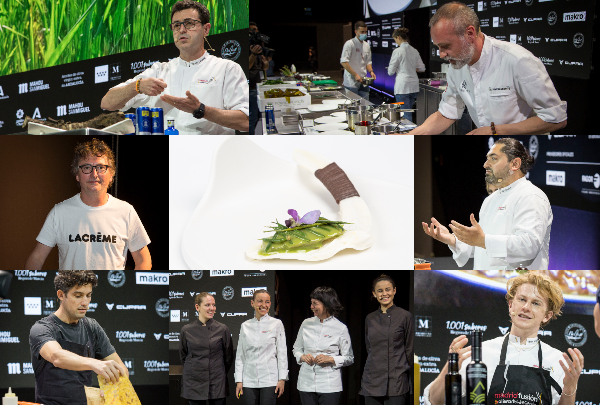
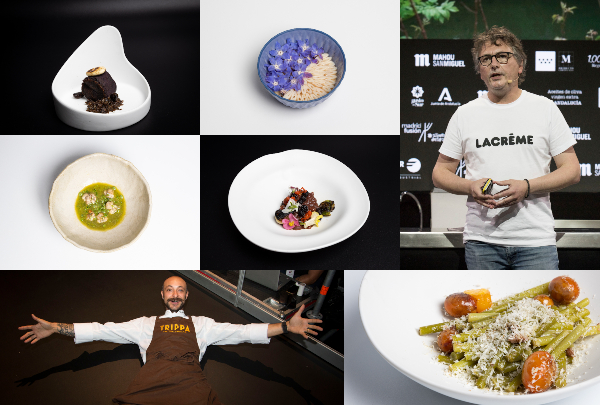
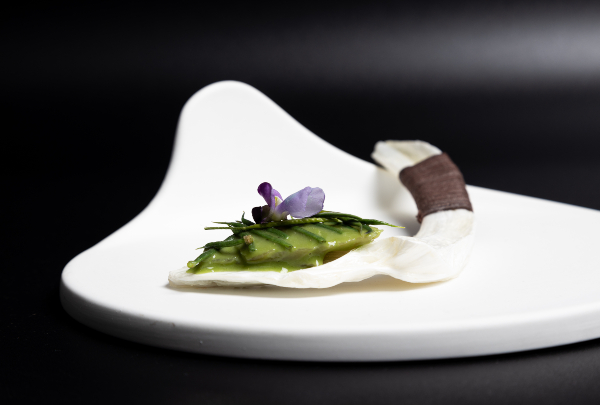
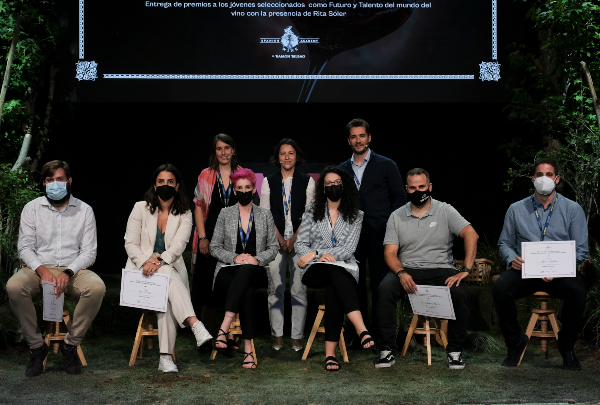
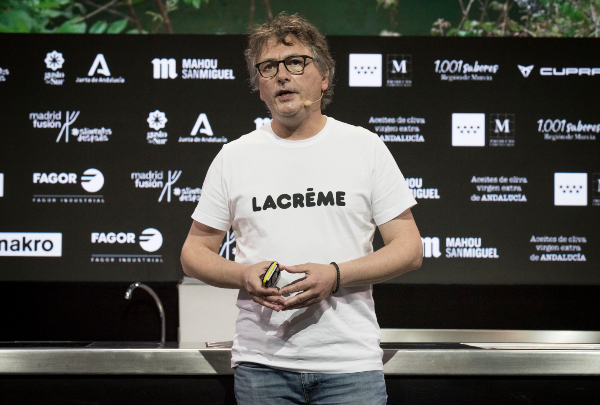
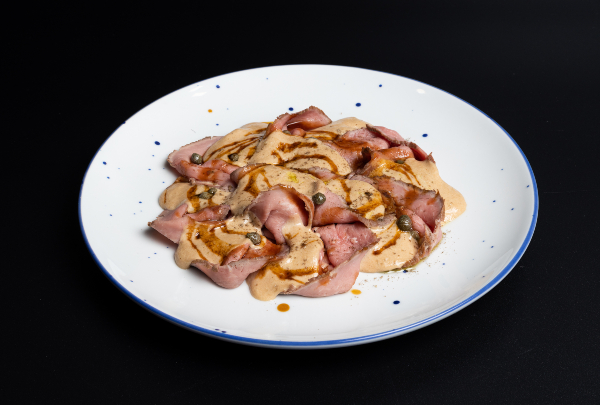
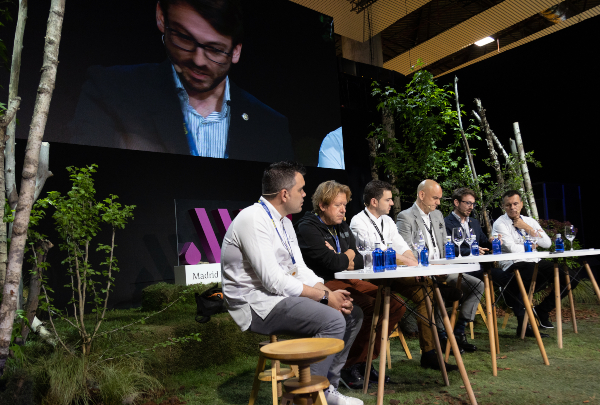
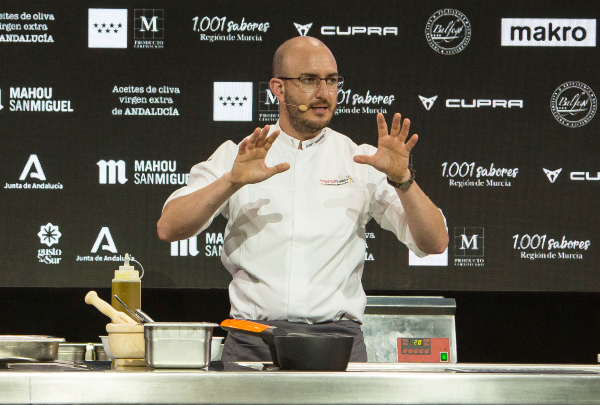
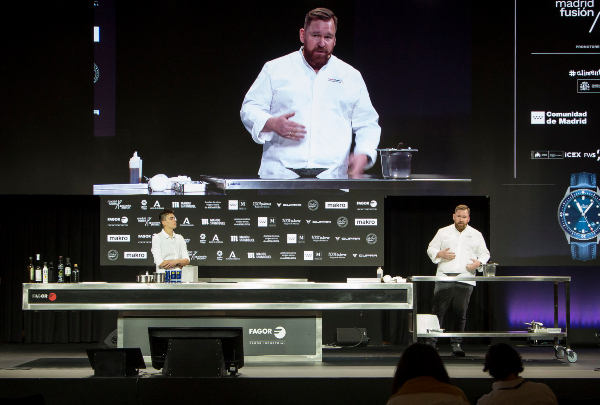
.jpg)
